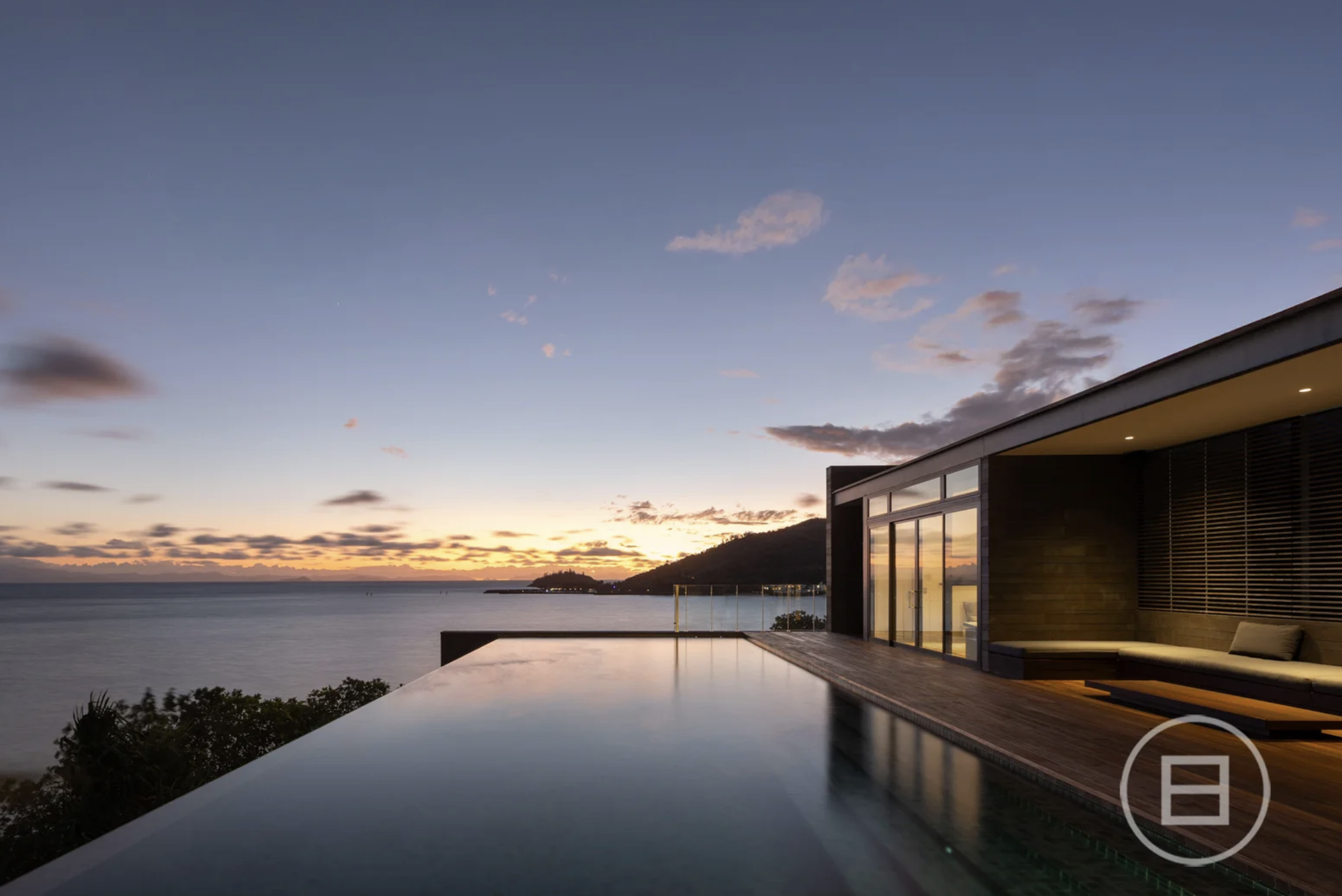How 20 Seconds Can Make You a Better Investor
Investors are taming impulsive money moves by adding a little friction to financial transactions
To break the day-trading habit that cost him friendships and sleep, crypto fund manager Thomas Meenink first tried meditation and cycling. They proved no substitute for the high he got scrolling through investing forums, he said.
Instead, he took a digital breath. He installed software that imposed a 20-second delay whenever he tried to open CoinStats or Coinbase.
Twenty seconds might not seem like much, but feels excruciating in smartphone time, he said. As a result, he checks his accounts 60% less.
“I have to consciously make an effort to go look at stuff that I actually want to know instead of scrolling through feeds and endless conversations about stuff that is actually not very useful,” he said.
More people are adding friction to curb all types of impulsive behaviour. App-limiting services such as One Sec and Opal were originally designed to help users cut back on social-media scrolling.
Now, they are being put to personal-finance use by individuals and some banking and investing platforms. On One Sec, the number of customers using the app to add a delay to trading or banking apps more than quintupled between 2021 and 2022. Opal says roughly 5% of its 100,000 active users rely on the app to help spend less time on finance apps, and 22% use it to block shopping apps such as Amazon.com Inc.
Economic researchers and psychologists say introducing friction into more apps can help people act in their own best interests. Whether we are trading or scrolling social media, the impulsive, automatic decision-making parts of our brains tend to win out over our more measured critical thinking when we use our smartphones, said Ankit Kalda, a finance professor at Indiana University who has studied the impact of mobile trading apps on investor behaviour.
His 2021 study tracked the behaviour of investors on different platforms over seven years and found that experienced day traders made more frequent, riskier bets and generated worse returns when using a smartphone than when using a desktop trading tool.
Most financial-technology innovation over the past decade focused on reducing the friction of moving money around to enable faster and more seamless transactions. Apps such as Venmo made it easier to pay the babysitter or split a bill with friends, and digital brokerages such as Robinhood streamlined mobile trading of stocks and crypto.
These innovations often lead customers to trade or buy more to the benefit of investing and finance platforms. But now, some customers are finding ways to slow the process. Meanwhile, some companies are experimenting with ways to create speed bumps to protect users from their own worst instincts.
When investing app Stash launched retirement accounts for customers in 2017, its customer-service representatives were flooded with calls from panicked customers who moved quickly to open up IRAs without understanding there would be penalties for early withdrawals. Stash funded the accounts in milliseconds once a customer opted in, said co-founder Ed Robinson.
So to reduce the number of IRAs funded on impulse, the company added a fake loading page with additional education screens to extend the product’s onboarding process to about 20 seconds. The change led to lower call-centre volume and a higher rate of customers deciding to keep the accounts funded.
“It’s still relatively quick,” Mr. Robinson said, but those extra steps “allow your brain to catch up.”
Some big financial decisions such as applying for a mortgage or saving for retirement can benefit from these speed bumps, according to ReD Associates, a consulting firm that specialises in using anthropological research to inform design of financial products and other services. More companies are starting to realise they can actually improve customer experiences by slowing things down, said Mikkel Krenchel, a partner at the firm.
“This idea of looking for sustainable behaviour, as opposed to just maximal behaviour is probably the mind-set that firms will try to adopt,” he said.
Slowing down processing times can help build trust, said Chianoo Adrian, a managing director at Teachers Insurance and Annuity Association of America. When the money manager launched its online retirement checkup tool last year, customers were initially unsettled by how fast the website estimated their projected lifetime incomes.
“We got some feedback during our testing that individuals would say ‘Well, how did you know that already? Are you sure you took in all my responses?’ ” she said. The company found that the delay increased credibility with customers, she added.
For others, a delay might not be enough to break undesirable habits.
More people have been seeking treatment for day-trading addictions in recent years, said Lin Sternlicht, co-founder of Family Addiction Specialist, who has seen an increase in cases since the start of the pandemic.
“By the time individuals seek out professional help they are usually experiencing a crisis, and there is often pressure to seek help from a loved one,” she said.
She recommends people who believe they might have a day-trading problem unsubscribe from notifications and emails from related companies and change the color scheme on the trading apps to grayscale, which has been found to make devices less addictive. In extreme cases, people might want to consider deleting apps entirely.
For Perjan Duro, an app developer in Berlin, a 20-second delay wasn’t enough. A few months after he installed One Sec, he went a step further and deleted the app for his retirement account.
“If you don’t have it on your phone, [that] helps you avoid that bad decision,” he said.
 Copyright 2020, Dow Jones & Company, Inc. All Rights Reserved Worldwide. LEARN MORE
Copyright 2020, Dow Jones & Company, Inc. All Rights Reserved Worldwide. LEARN MORE
Pure Amazon has begun journeys deep into Peru’s Pacaya-Samiria National Reserve, combining contemporary design, Indigenous craftsmanship and intimate wildlife encounters in one of the richest ecosystems on Earth.
Australia’s housing market defies forecasts as prices surge past pandemic-era benchmarks.
Selloff in bitcoin and other digital tokens hits crypto-treasury companies.
The hottest crypto trade has turned cold. Some investors are saying “told you so,” while others are doubling down.
It was the move to make for much of the year: Sell shares or borrow money, then plough the cash into bitcoin, ether and other cryptocurrencies. Investors bid up shares of these “crypto-treasury” companies, seeing them as a way to turbocharge wagers on the volatile crypto market.
Michael Saylor pioneered the move in 2020 when he transformed a tiny software company, then called MicroStrategy , into a bitcoin whale now known as Strategy. But with bitcoin and ether prices now tumbling, so are shares in Strategy and its copycats. Strategy was worth around $128 billion at its peak in July; it is now worth about $70 billion.
The selloff is hitting big-name investors, including Peter Thiel, the famed venture capitalist who has backed multiple crypto-treasury companies, as well as individuals who followed evangelists into these stocks.
Saylor, for his part, has remained characteristically bullish, taking to social media to declare that bitcoin is on sale. Sceptics have been anticipating the pullback, given that crypto treasuries often trade at a premium to the underlying value of the tokens they hold.
“The whole concept makes no sense to me. You are just paying $2 for a one-dollar bill,” said Brent Donnelly, president of Spectra Markets. “Eventually those premiums will compress.”
When they first appeared, crypto-treasury companies also gave institutional investors who previously couldn’t easily access crypto a way to invest. Crypto exchange-traded funds that became available over the past two years now offer the same solution.
BitMine Immersion Technologies , a big ether-treasury company backed by Thiel and run by veteran Wall Street strategist Tom Lee , is down more than 30% over the past month.
ETHZilla , which transformed itself from a biotech company to an ether treasury and counts Thiel as an investor, is down 23% in a month.
Crypto prices rallied for much of the year, driven by the crypto-friendly Trump administration. The frenzy around crypto treasuries further boosted token prices. But the bullish run abruptly ended on Oct. 10, when President Trump’s surprise tariff announcement against China triggered a selloff.
A record-long government shutdown and uncertainty surrounding Federal Reserve monetary policy also have weighed on prices.
Bitcoin prices have fallen 15% in the past month. Strategy is off 26% over that same period, while Matthew Tuttle’s related ETF—MSTU—which aims for a return that is twice that of Strategy, has fallen 50%.
“Digital asset treasury companies are basically leveraged crypto assets, so when crypto falls, they will fall more,” Tuttle said. “Bitcoin has shown that it’s not going anywhere and that you get rewarded for buying the dips.”
At least one big-name investor is adjusting his portfolio after the tumble of these shares. Jim Chanos , who closed his hedge funds in 2023 but still trades his own money and advises clients, had been shorting Strategy and buying bitcoin, arguing that it made little sense for investors to pay up for Saylor’s company when they can buy bitcoin on their own. On Friday, he told clients it was time to unwind that trade.
Crypto-treasury stocks remain overpriced, he said in an interview on Sunday, partly because their shares retain a higher value than the crypto these companies hold, but the levels are no longer exorbitant. “The thesis has largely played out,” he wrote to clients.
Many of the companies that raised cash to buy cryptocurrencies are unlikely to face short-term crises as long as their crypto holdings retain value. Some have raised so much money that they are still sitting on a lot of cash they can use to buy crypto at lower prices or even acquire rivals.
But companies facing losses will find it challenging to sell new shares to buy more cryptocurrencies, analysts say, potentially putting pressure on crypto prices while raising questions about the business models of these companies.
“A lot of them are stuck,” said Matt Cole, the chief executive officer of Strive, a bitcoin-treasury company. Strive raised money earlier this year to buy bitcoin at an average price more than 10% above its current level.
Strive’s shares have tumbled 28% in the past month. He said Strive is well-positioned to “ride out the volatility” because it recently raised money with preferred shares instead of debt.
Cole Grinde, a 29-year-old investor in Seattle, purchased about $100,000 worth of BitMine at about $45 a share when it started stockpiling ether earlier this year. He has lost about $10,000 on the investment so far.
Nonetheless, Grinde, a beverage-industry salesman, says he’s increasing his stake. He sells BitMine options to help offset losses. He attributes his conviction in the company to the growing popularity of the Ethereum blockchain—the network that issues the ether token—and Lee’s influence.
“I think his network and his pizzazz have helped the stock skyrocket since he took over,” he said of Lee, who spent 15 years at JPMorgan Chase, is a managing partner at Fundstrat Global Advisors and a frequent business-television commentator.
A cluster of century-old warehouses beneath the Harbour Bridge has been transformed into a modern workplace hub, now home to more than 100 businesses.
On October 2, acclaimed chef Dan Arnold will host an exclusive evening, unveiling a Michelin-inspired menu in a rare masterclass of food, storytelling and flavour.
























